Energy Sector Demand
The energy sector's increasing demand for efficient transportation solutions is significantly influencing the Spiral Steel Pipe Market. With the rise in energy consumption, particularly in developing regions, there is a pressing need for pipelines that can safely transport oil and gas. Data indicates that the global energy demand is expected to rise by 25% by 2040, necessitating the construction of new pipelines. Spiral steel pipes are particularly suited for this purpose due to their ability to withstand high pressure and corrosive environments. Additionally, the shift towards renewable energy sources, such as wind and solar, is also creating new opportunities for the Spiral Steel Pipe Market, as these projects often require specialized piping solutions. The interplay between traditional and renewable energy demands is likely to sustain market growth in the coming years.
Global Trade Dynamics
The dynamics of The Spiral Steel Pipe Industry in various ways. Trade agreements and tariffs can significantly impact the availability and pricing of raw materials used in the production of spiral steel pipes. Recent trends indicate that countries are increasingly focusing on local sourcing to mitigate risks associated with international supply chains. This shift may lead to a more localized production approach, potentially affecting the pricing strategies within the Spiral Steel Pipe Market. Additionally, fluctuations in currency exchange rates can also influence market competitiveness. As nations navigate these trade dynamics, the Spiral Steel Pipe Market may experience both challenges and opportunities, necessitating adaptability among manufacturers and suppliers.
Infrastructure Development
The ongoing expansion of infrastructure projects worldwide appears to be a primary driver for the Spiral Steel Pipe Market. Governments and private entities are increasingly investing in the construction of roads, bridges, and pipelines, which necessitates the use of durable materials like spiral steel pipes. According to recent data, the construction sector is projected to grow at a compound annual growth rate of approximately 5.5% over the next few years. This growth is likely to stimulate demand for spiral steel pipes, as they are favored for their strength and flexibility in various applications. Furthermore, the need for efficient transportation of water and gas is driving the installation of new pipelines, further enhancing the market's potential. As infrastructure projects continue to proliferate, the Spiral Steel Pipe Market is expected to experience robust growth.
Technological Advancements in Manufacturing
Technological advancements in the manufacturing processes of spiral steel pipes are poised to enhance the Spiral Steel Pipe Market significantly. Innovations such as automated welding techniques and advanced coating technologies are improving the quality and durability of these pipes. Recent reports suggest that the adoption of Industry 4.0 practices in manufacturing is leading to increased efficiency and reduced production costs. This not only allows manufacturers to offer competitive pricing but also enhances the overall performance of spiral steel pipes. As manufacturers continue to invest in research and development, the market is likely to see a surge in high-performance products that meet stringent industry standards. Consequently, these advancements may attract new customers and applications, further propelling the growth of the Spiral Steel Pipe Market.
Environmental Regulations and Sustainability
The increasing emphasis on environmental regulations and sustainability is shaping the Spiral Steel Pipe Market. Governments are implementing stricter regulations regarding emissions and waste management, which is driving industries to adopt more sustainable practices. Spiral steel pipes, known for their recyclability and lower carbon footprint compared to other materials, are becoming a preferred choice for environmentally conscious projects. Data indicates that the market for green construction materials is expected to grow significantly, with a projected CAGR of around 10% over the next decade. This trend is likely to encourage more companies to invest in spiral steel pipes as part of their sustainability initiatives. As the demand for eco-friendly solutions rises, the Spiral Steel Pipe Market is expected to align with these environmental goals, fostering growth and innovation.


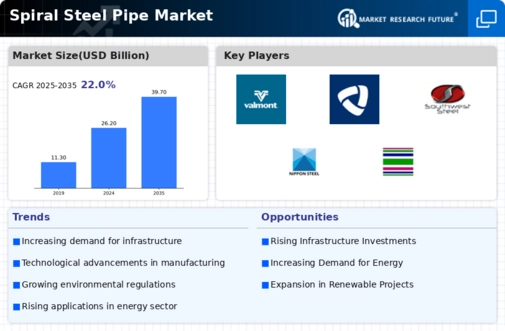
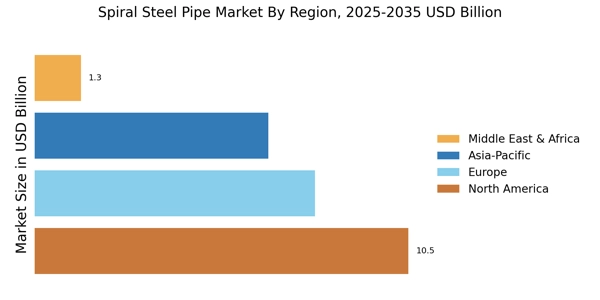
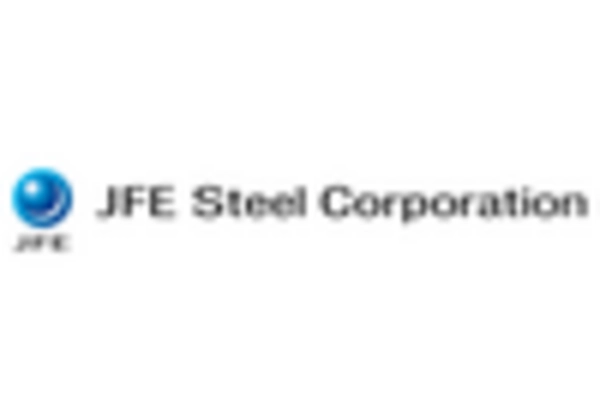
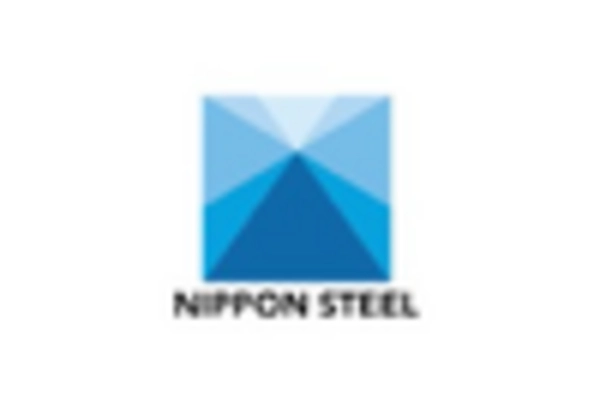

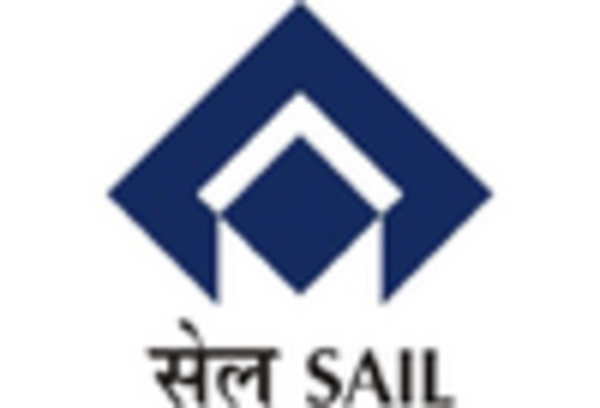










Leave a Comment